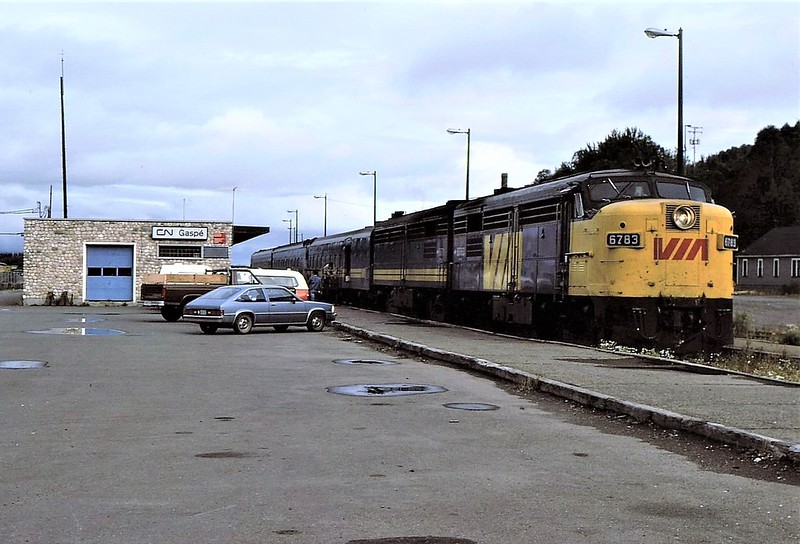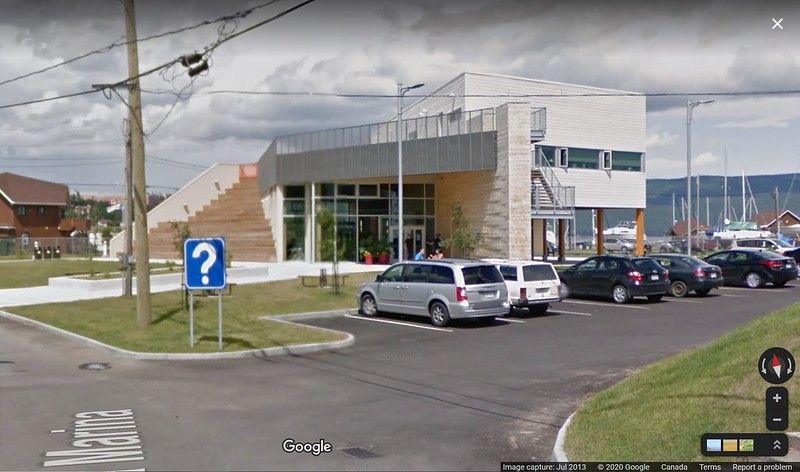The real issue is that it has taken an objective observer - in this case an American with no "horse in the race" - to point out what VIA apologists have never grasped: it is not a national network. It certainly once was, but its political masters in the past reduced it to a point where it served only vote-rich Quebec and Southern Ontario with only one train east of Quebec and 2 1/2 (the Skeena is the half) west of Ontario. That leaves large segments of the country, including many major cities, not served. If a way can be found to better utilize existing resources to better serve the whole country, I would think VIA supporters would back the proposal and make constructive additions, rather than say why it can't be done.
Thank you for that Jim. And every point you made is pretty much what my attempts were. But Now I'm going to address the concerns. I might argue I have a horse in a small town NE of Saskatoon at the moment.
As far as the Hudson Bay question how does VIA currently handle it? As I see how the operation runs right now from the outside that there are two consists that run on the Hudson Bay and that is very much how VIA handles the train. Every time I have passed the WMC when in Winnipeg there hasn't been any equipment visible. And the fact that a late arriving train has turned as a late departing train in the past I find it hard to believe they aren't doing this operation. In theory you can get quite a few things done in a 20 hour turn around time.
I'm looking at the Edmonton-Winnipeg (800.9 Miles) and Calgary-Winnipeg (831.6 Miles) now lets look at some Amtrak example routes. The Palmetto (830 Miles), and the Carolinian (704 Miles). Now you can make the argument that both of those trains take advantage of the NEC's 225 miles above 100 miles an hour. But I would argue that the average speed isn't much better than the diesel sections especially on the Palmetto which makes eight intermediate stops in that market. On average of once every thirty miles.
Now let's look at VIA's Western Route when I look at the timetable I see a large dwell time at Saskatoon which could easily be cut down, and some other spots where a large amount of fluff has been added to the timetables.
Now if you could get CN to agree to reasonable timekeeping and restricting their train lengths so that everything fits in the sidings. Or better yet fully double tracking their route which it sorely needs you just need to average 50 miles an hour to make the run in 16 hours. And if I remember correctly speed in Canada is much higher than the arbitrary 79 mph we have in the USA. So if you could get a clean run at it I wouldn't be surprised if you could make it in 16 hours.
Now lets turn to CP. You would have to average 51 miles an hour. Now their railroad is much more fluid than CN's. So it could potentially be done relatively easily. Remember part of the problem with CN is that the Chicago-Pacific Ports intermodal train run concurrent Jasper to Winnipeg. Whereas the ones on CP run to Moose Jaw. So you are fighting less traffic.
Now lets turn and look at the third page of my report and look at VIA's current utilization rates specifically on the higher end.
-Manor Sleepers: 90 Percent
-Skyline Domes: 93 Percent
But once we convert the Ocean into a HEP train which is going to happen one of these days. Even if a few hybrids run in the intermittent time.
-Diners: 83 Percent (and in tourist peak season the Hudson Bay throws it to 100)
-Skylines will likely move to 100 percent. But you'll be short a car somewhere.
You should also note on page nine of my report I listed the equipment that VIA would need to acquire to be successful in this. Which for a reminder was.
-3 Diners (1 Revenue service, 2 Protect)
-10 Baggage Cars (3 for Service, 7 for Protect)
-2 Skylines (For Protect Service)
-5 Crew Dorms (4 for Service, 1 for Protect): This then brings down the Chateau utilization rate, or provides a surge fleet for additional sleepers.
The LRC cars have recently been rebuilt I didn't initially want to use them either. But my good friend Jim has told me several have been rebuilt and they could provide good interim service while we look for more rolling stock, or order more.
Note I only did the peak season consists on trains because I full well expect consists to shrink in the off peak times allowing a long maintenance period in the winter.
I actually thought out every part of this proposal backwards and forwards from an operations stand point. I'm not an academic I've been on the ground in rail operations I have a firm grasp of the situation on the ground.
That being said I also understand the academic arguments to argue them with those who are academics.






























